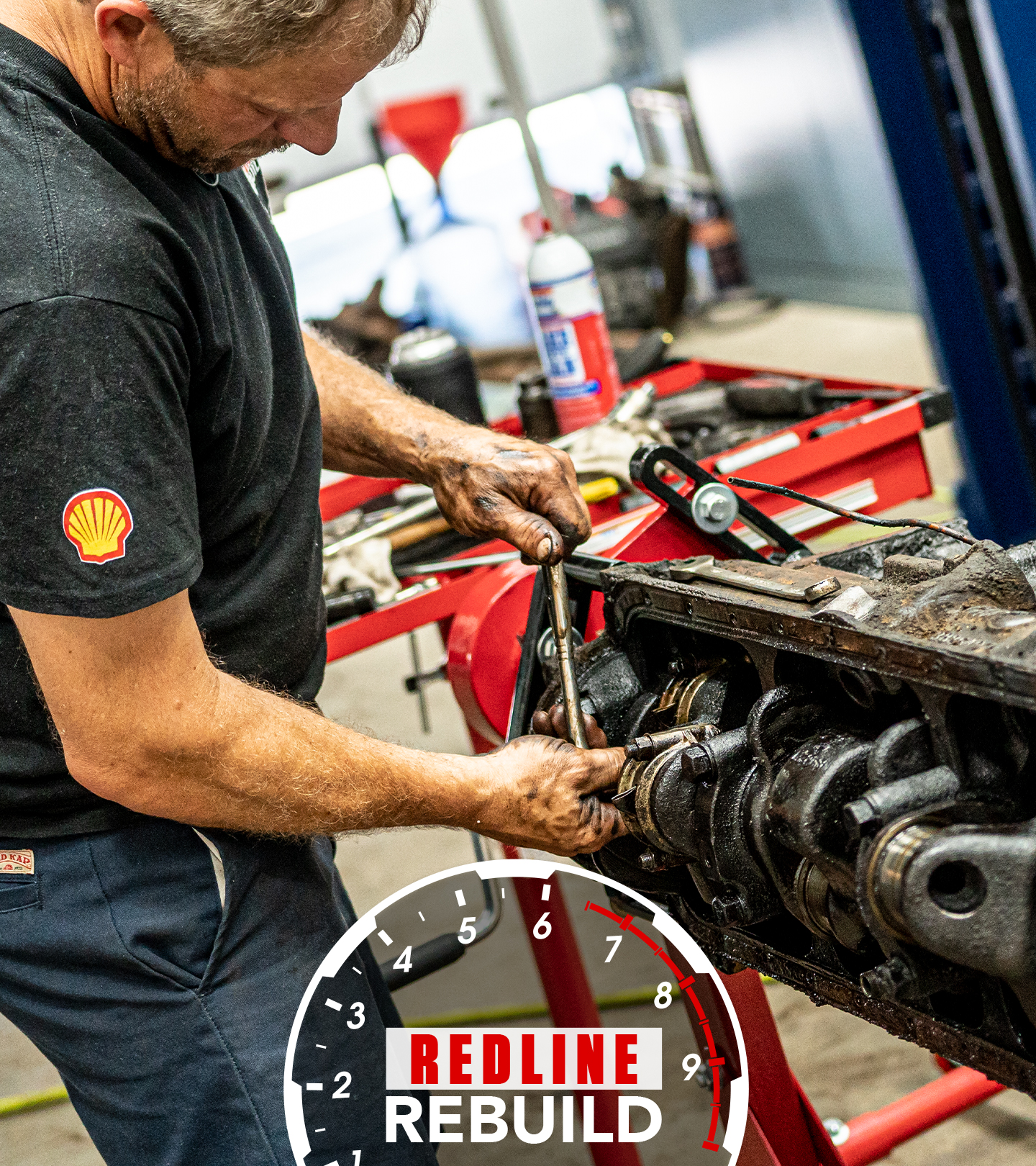Different ways to make your own gasket from scratch | DIY - Hagerty Media
There are multiple levels of garage DIYer, and the first level-up for many enthusiasts is fabrication. Once someone graduates from the game of simply buying and installing parts to making their own, a whole world opens. Fabrication seems like magic—and at times it comes close—but a great entry point is cutting gaskets. Kyle Smith takes you through the process in this week’s Hagerty DIY.
Materials
Gaskets are a great start for dipping one’s proverbial toes into fabrication for a few reasons. To begin with, materials are fairly cheap, simple to store, and easy to manipulate. Plus, you don’t need to buy any special tools or learn some crazy skill. The process is very close to art projects you did in grade school, except that these art projects keep your beloved vintage ride on the road.
Start by dropping into your friendly local-area parts store and grabbing a gasket-making kit. These are often readily available and include 3–5 different materials. From cork rubber to rubber cellulose, each has specific usages and tolerances for various automotive chemicals and thus makes selection easy for your particular project.
The process
The reasons why you might need to make your own gaskets range widely. Maybe you don’t have the time to order a die-cut gasket, the gasket no longer being made in mass quantities, or you are mating two parts in such fashion that a pre-made gasket just won’t work. As long as you have the part or the old, torn gasket, you have your template.
The easiest way to cut your gasket accurately is to use a small hammer to gently tap around the edge of the part on which you need to fit the gasket. The edge of the part will act as a cutter and yield the perfect shape. Even if the edge is not able to slice through the material, it will leave a perfect indention that you can then use as a line to follow with a razor blade or X-Acto knife.
The next option is to trace your part and then cut the gasket. This method can be quite accurate, but it leaves more room for error. Remember, it is always easier to remove more material, but it’s near-impossible to add it back. Cut the gasket a bit big the first time and then trim it to the perfect size.
One of the most difficult processes when making gaskets is cutting holes for bolt pass-throughs or for fluid flow. Perfect circles can be downright infuriating if you’re trying to cut freehand with a knife or scissors. Instead, spend a few dollars and invest in a gasket punch set. These kits come with a multitude of perfectly round cutting dies that make getting the perfect cut as easy as a light hammer swing.
Gasket paper is cheap enough that it is worth grabbing some stock just to have in your toolbox. Think ahead and get some practice by making one or two gaskets for a project to get a feel for the process and technique before an emergency arises and you truly need one now. Practice makes perfect, and perfect gaskets make leak-free cars.
Have an extra tip for making your own sealing pieces? Leave it in the Hagerty Community below. Also be sure to subscribe to the Hagerty YouTube channel to get a new DIY video each Wednesday.










